Despite a 1986 international ban, large numbers of whales are still hunted commercially each year, including endangered species listed on the Red List.
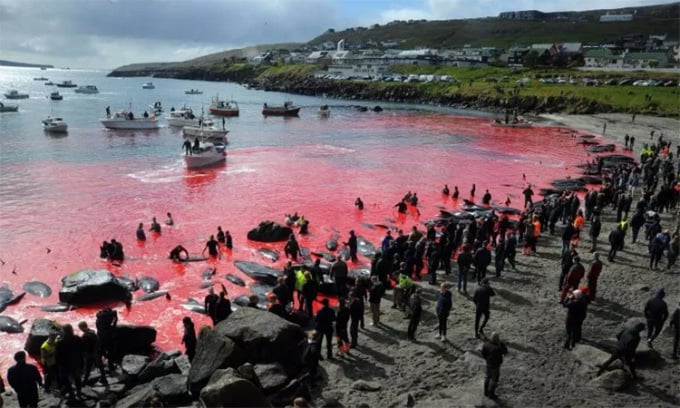
People gather on the beach during a whale and dolphin hunt in the Faroe Islands on May 29, 2019. Photo: Andrija Ilic/AFP
Last week, Svandís Svavarsdóttir, Iceland's minister of food, agriculture and fisheries, announced a moratorium on whaling after a report from the Food and Veterinary Authority found that the hunts did not comply with the country's Animal Welfare Act. Iceland is one of the few countries that still actively hunt whales, along with Japan and Norway, despite an international moratorium imposed by the International Whaling Commission (IWC) in 1986, Newsweek reported on June 24.
Whaling is permitted in indigenous communities in Denmark (Faroe Islands and Greenland), Russia (Siberia), Saint Vincent and the Grenadines (Bequia Island), and the United States (Alaska). Some places conduct this activity under the guise of "scientific whaling".
Before the ban, humans killed between 6,000 and 7,000 whales each year, according to IWC data. In 2021, 1,284 whales were killed worldwide, of which 881 were for commercial purposes. The rest were hunted under “special permits,” including for scientific research, and by indigenous communities. In 2020, the numbers killed and commercial kills were 1,204 and 810, respectively.
Many people consider the methods used by whalers to be inhumane. For example, hunters sometimes harpoon whales with explosive harpoons. According to a 2006 report on Norwegian whaling, this method does not always kill the whale immediately and often requires multiple harpoons to bring the animal down. Additionally, some whales drown when their heads are submerged while being pulled onto whaling vessels. In Taiji, Japan, and the Faroe Islands, dolphins and small whales are herded onto beaches or inlets and then slaughtered.
In the 1800s and 1900s, millions of whales were hunted for their oil, spermaceti (the waxy substance in sperm whale heads), ambergris, and baleen (the bone-like filter that whales use to filter food), and an estimated 3 million whales were killed in the 20th century alone. The wax would be used to make soap and candles, whale oil would be used as fuel, and baleen would be used to make corsets.
Today, whalers hunt whales mainly for their meat, oil, fat, and cartilage, which are used in pharmaceuticals and health foods, mainly in Japan, because some people believe that whale products can prevent dementia.
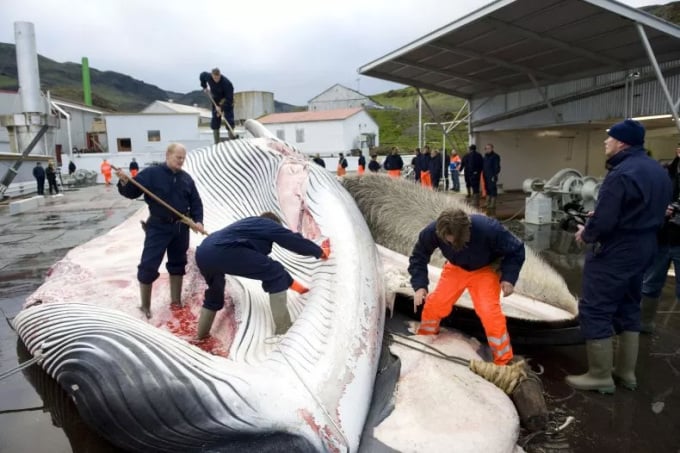
Whalers dissect a fin whale in Iceland on June 19, 2009. Photo: Halldor Kolbeins/AFP
Japan, Norway, and Iceland have killed nearly 40,000 large whales since 1986, according to the Whale and Dolphin Conservation Society. Japan alone kills 300 to 600 each year, mostly Bryde's, minke, and sei whales. In Iceland, fin whales are hunted for export to Japan, while minke whales are hunted for meat. Norway also hunts mainly minke whales, for meat. In addition, hunters there target fin and sei whales for export to Japan.
Sei whales are classified as endangered on the International Union for Conservation of Nature (IUCN) Red List, while fin whales are listed as vulnerable.
Thu Thao (According to Newsweek )
Source link



![[Photo] Prime Minister Pham Minh Chinh receives Mr. Jefferey Perlman, CEO of Warburg Pincus Group (USA)](https://vstatic.vietnam.vn/vietnam/resource/IMAGE/2025/4/18/c37781eeb50342f09d8fe6841db2426c)



![[UPDATE] April 30th parade rehearsal on Le Duan street in front of Independence Palace](https://vstatic.vietnam.vn/vietnam/resource/IMAGE/2025/4/18/8f2604c6bc5648d4b918bd6867d08396)
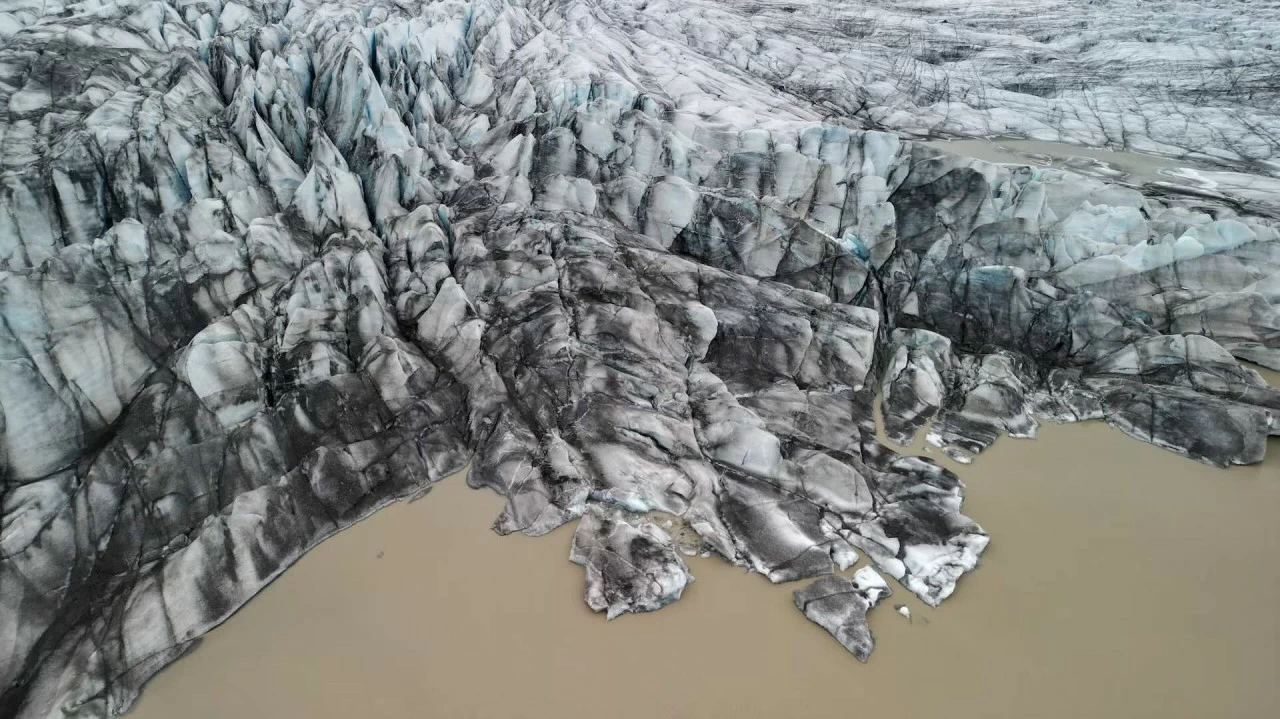

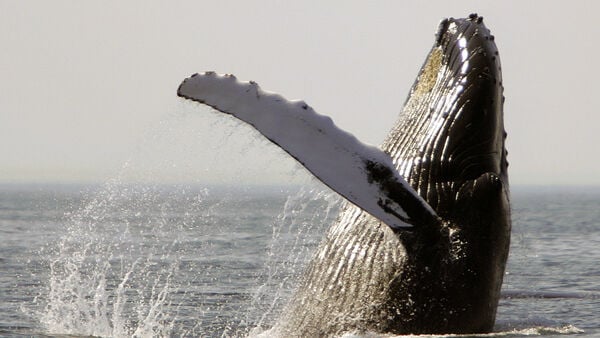


















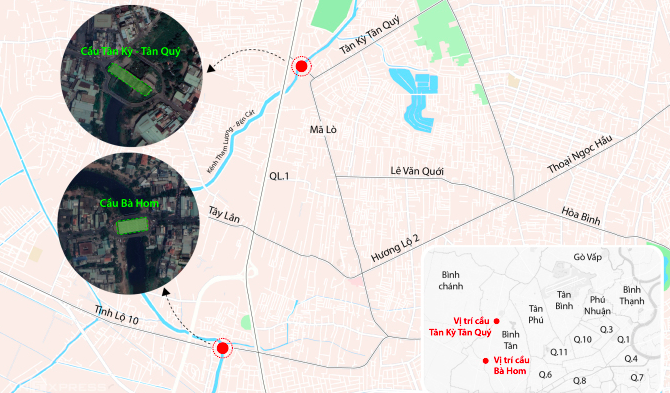

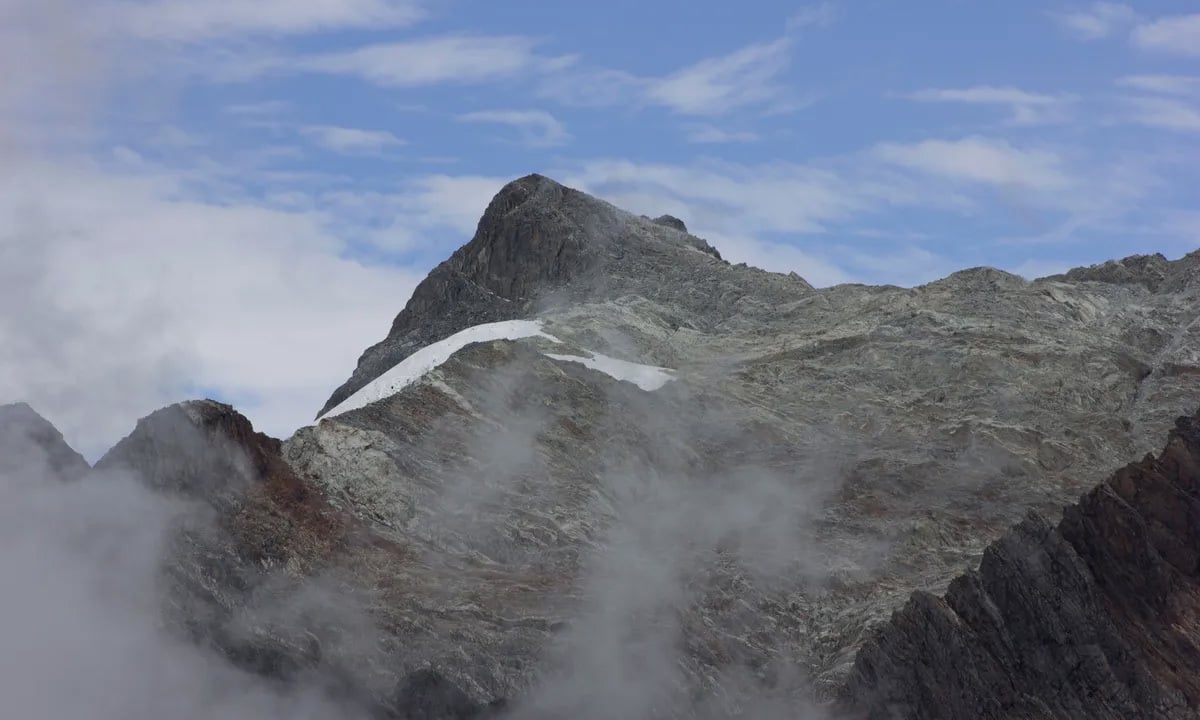
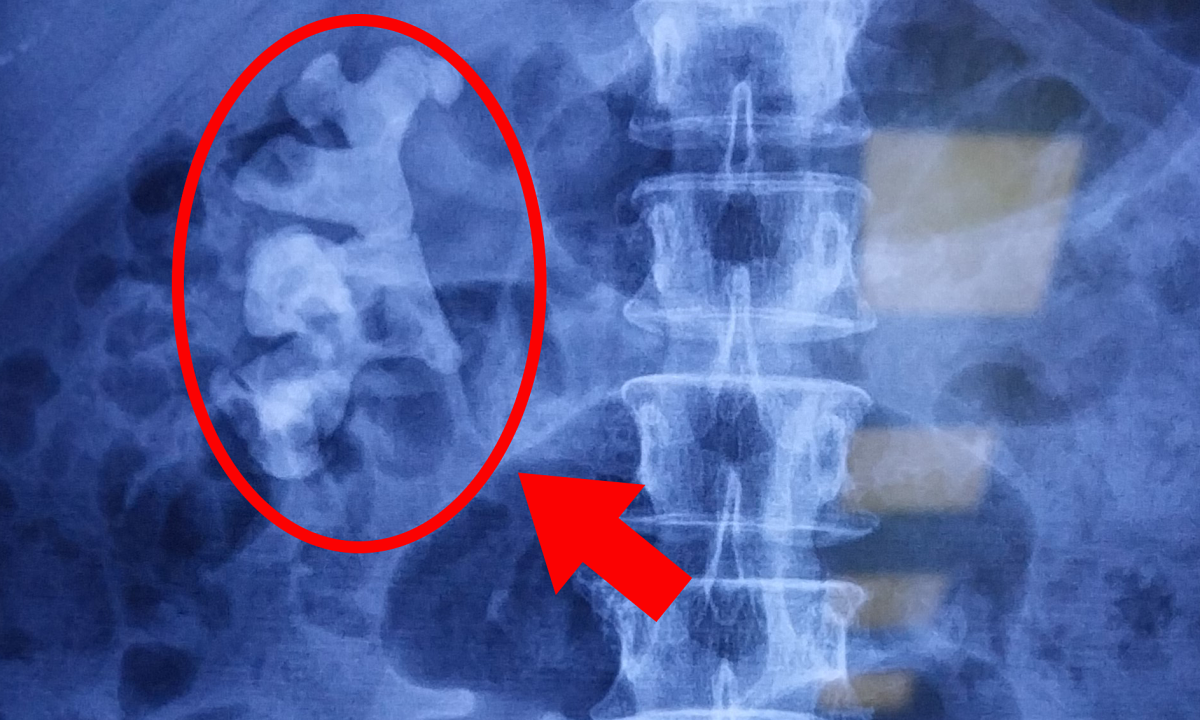













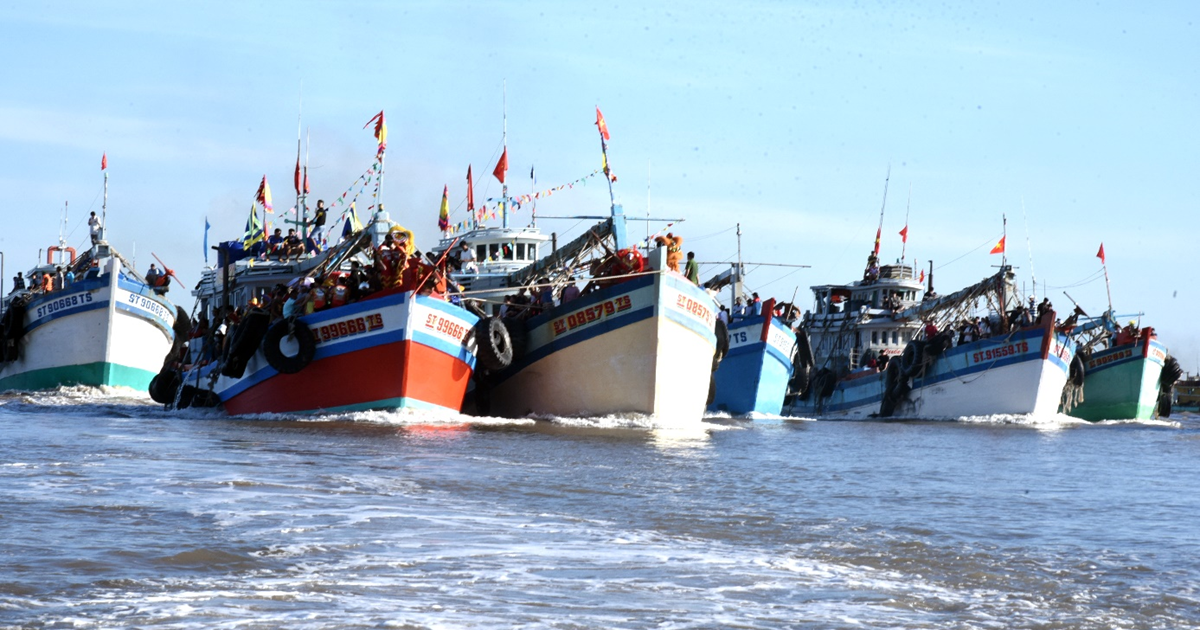
























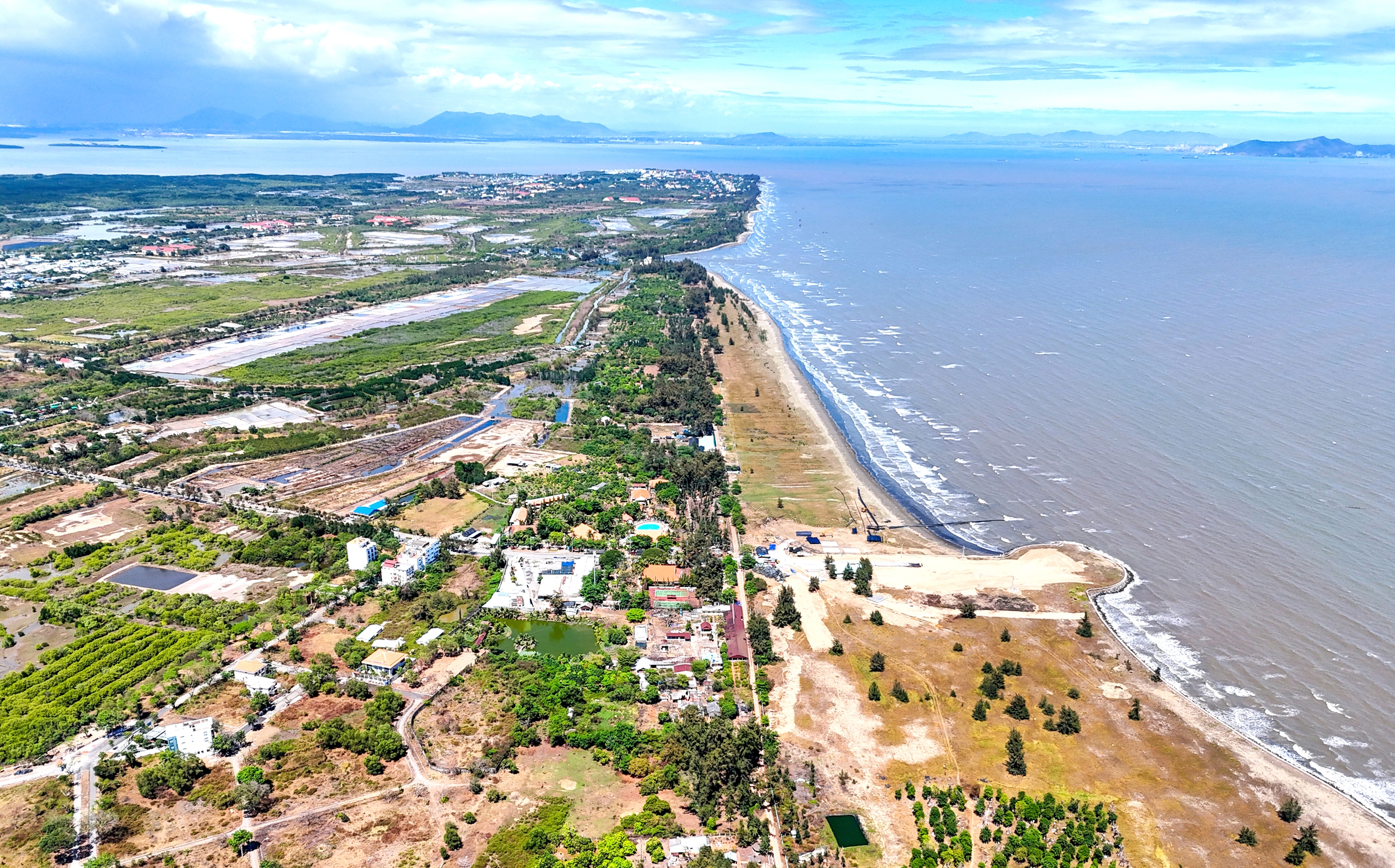
































Comment (0)